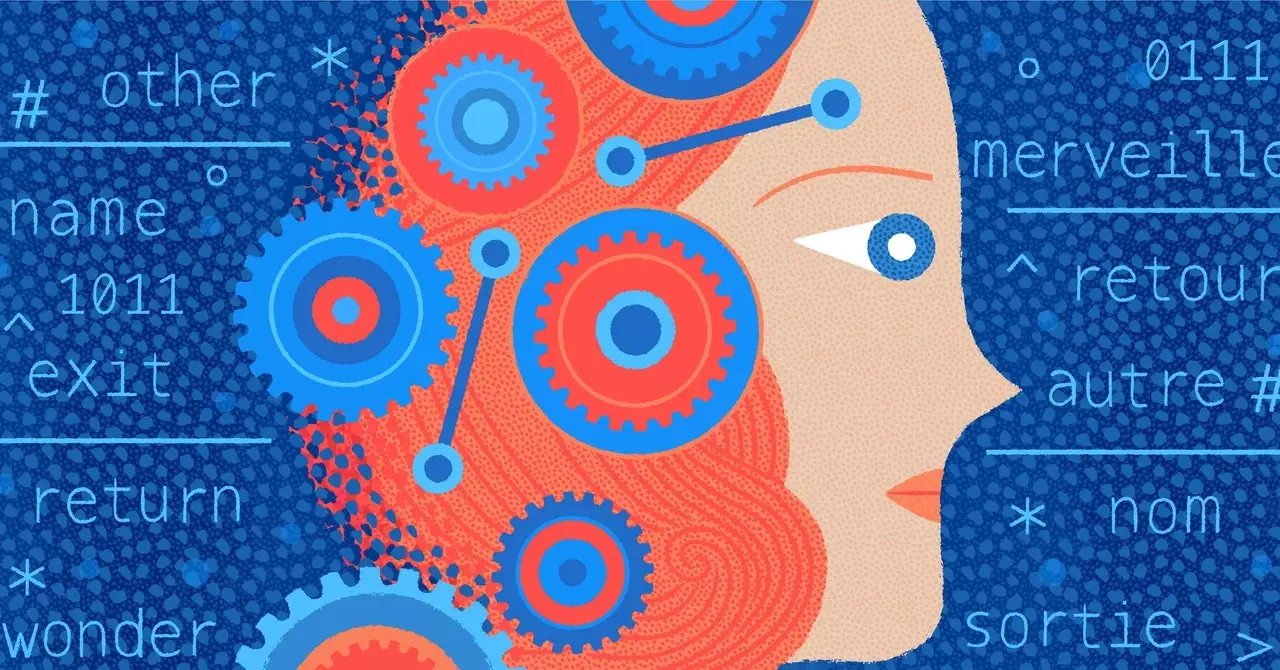In the movie “Oppenheimer,” physicist Niels Bohr challenges a young Robert Oppenheimer, drawing a parallel between algebra and sheet music. The important question posed is not whether one can read music or algebra, but rather if one can truly hear and feel it. Oppenheimer confesses that while he may not be able to hear the algebra, he can feel the machine. This unique perspective on computational processes sets the stage for a deeper exploration of how we perceive the world around us.
Oppenheimer’s analogy of a program as a living creature that follows instructions to a successful conclusion is both intriguing and thought-provoking. While computers may not physically operate like living beings, the metaphorical machine resonates with many programmers. The idea that a program is not just static code but a dynamic entity that processes information and delivers outcomes adds a layer of complexity to our understanding of computation.
Once you start delving into the world of computation, you begin to see its influence in unexpected places. Oppenheimer’s comparison of mailing a letter through the postal service to a computational process sheds light on how operations move data from one point to another until it reaches its intended destination. This holistic view of the world as a series of computational processes may seem unconventional to some, but it offers a fresh perspective on how we interact with our environment.
The notion of randomness, often perceived as unpredictable and chaotic, can be elucidated through a computational lens. Whether it’s flipping a coin, shuffling a deck of cards, or spinning a roulette wheel, seemingly random events can be explained by intricate computational processes involving variables such as force, angle, mass distribution, and environmental factors. Understanding randomness as a computational phenomenon illuminates the underlying order and complexity behind seemingly arbitrary outcomes.
Embracing a computational perspective on the world allows us to appreciate the intricate interconnectedness of seemingly disparate phenomena. As Friedrich Nietzsche aptly put it, “Those who were seen dancing were thought to be insane by those who could not hear the music.” In the same vein, those who perceive the world through a computational lens may uncover hidden patterns, structures, and relationships that elude others. By expanding our cognitive toolkit to include computational thinking, we open ourselves to a deeper understanding of the underlying mechanisms that govern our reality.
Oppenheimer’s unique viewpoint on algebra, music, and computation serves as a catalyst for reimagining the world through a computational lens. By recognizing the parallels between programming, processes, and phenomena, we can gain new insights into the hidden workings of the universe. Just as a musician hears the music and a programmer feels the machine, we can develop a heightened awareness of the computational underpinnings of our existence. It is through this computational perspective that we can unlock the mysteries of the world and enrich our understanding of the complex tapestry of life.


Leave a Reply